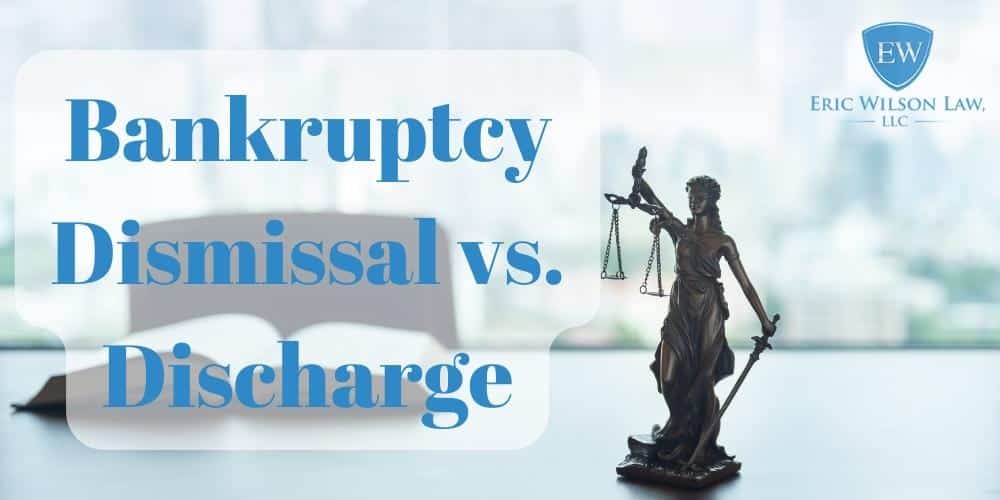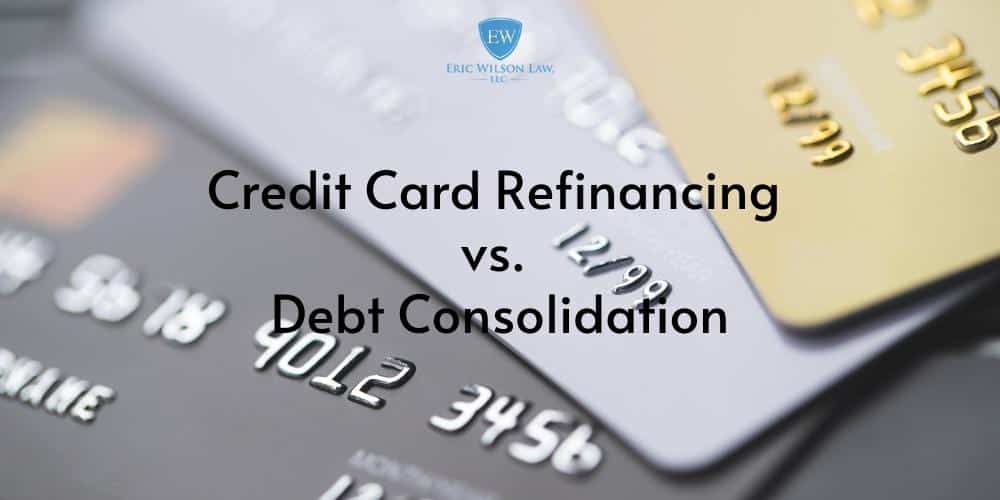If you’re drowning in credit card debt, debt from medical bills, or if you have any other unsecured debts, then filing bankruptcy can help relieve some of the stress. However, if you’re also living on a fixed income that’s funded from Social Security benefits, you may be thinking about Chapter 7 and social security income. … Continue reading Chapter 7 and Social Security Income
Monthly Archives: October 2022
Mistakes That Can Lead to Bankruptcy
Financial management is a life skill that can’t be overstated. Poor financial management mixed with unexpected tragedies can leave you with a mountain of debt that keeps piling up. In this blog, we’ll talk about some common mistakes that can lead to bankruptcy and how to avoid them. We’ll also talk about how filing for … Continue reading Mistakes That Can Lead to Bankruptcy →
Bankruptcy Dismissal vs. Discharge
Bankruptcy can be a reset button for many families, but the process isn’t as easy as pressing a button. Bankruptcy courts have strict rules and regulations that you have to follow when it comes to filing for bankruptcy. Following these rules can mean the bankruptcy court grants a discharge. If these rules are violated, the … Continue reading Bankruptcy Dismissal vs. Discharge →
What Credit Score is Needed to Buy a Car?
Buying a car is a big decision to make. Reliable transportation can expand your education and employment opportunities. Transportation can also give you the freedom you need to pursue the life you want to live. The average cost of a vehicle at the end of 2021 was over $47,000. Used cars cost an average of … Continue reading What Credit Score is Needed to Buy a Car? →
Credit Card Refinancing vs. Debt Consolidation
If you feel like you’re drowning in credit card debt, you’re certainly not alone. In the last quarter of 2020, Americans shared a grand total of $820 billion in credit card debt. Additionally, the average American has at least $5,000 in credit card debt. These are huge, scary numbers. The good news is that there … Continue reading Credit Card Refinancing vs. Debt Consolidation →






